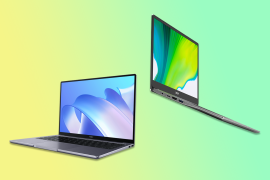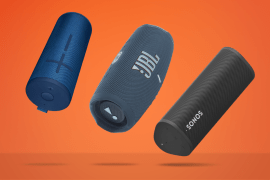Sony PlayStation 5 review: still the generation king
The PS5 will celebrate its third birthday in a few months. Are we still as big on it as we were at launch?
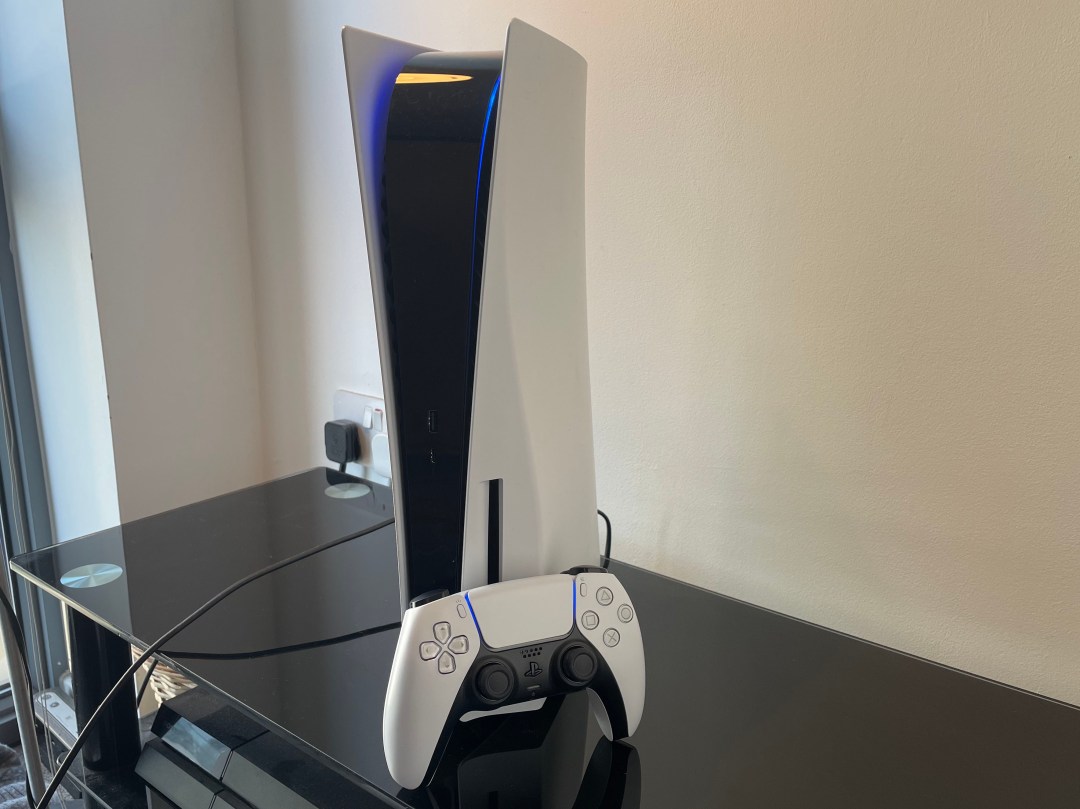
People will challenge nearly anything on the internet, but this much is fact: the PlayStation 4 won the previous console generation without breaking a sweat.The hardware was great, and from the outset it was clear that Sony’s focus was on games – and brilliant first-party games it pumped out with remarkable consistency.
Somewhere in the middle saw the arrival of the 4K-touting PS4 Pro and Sony’s first crack at a VR headset, and at the end of its lifespan, the PS4 was second only to the PS2 in the all-time best-selling home console charts. (It has since been overtaken by the incredibly successful Nintendo Switch).
The PlayStation 5, then, had big shoes to fill, and it made quite the splash when it first arrived towards the end of 2020, While Microsoft had been pushing its Xbox Series X as an evolution of the One X before it, the PS5’s arrival felt more dramatic.
Like its main rival, it’s capable of 4K gaming at up to 120fps and swaps the old hard drive for a blazing-quick SSD that all but eliminates the tedious loading times that have plagued console gaming for years. But with a bonkers (and that’s putting it mildly) design and an innovative next-gen controller, the PS5 wants you to know it’s different to what’s come before. Sony’s greatest weapon is still its army of brilliant games that you can’t play anywhere else, but does a repeat of the PS4’s success seem likely?
We’re now over two and a half years into the console’s life cycle and can’t yet answer that question, but now you can actually go out and buy the thing, with hardware shortage being a problem of the past, are we still as in love with Sony’s machine today as we were at launch?
The original version of this review was published on 12 November 2020
Design: Tower of white
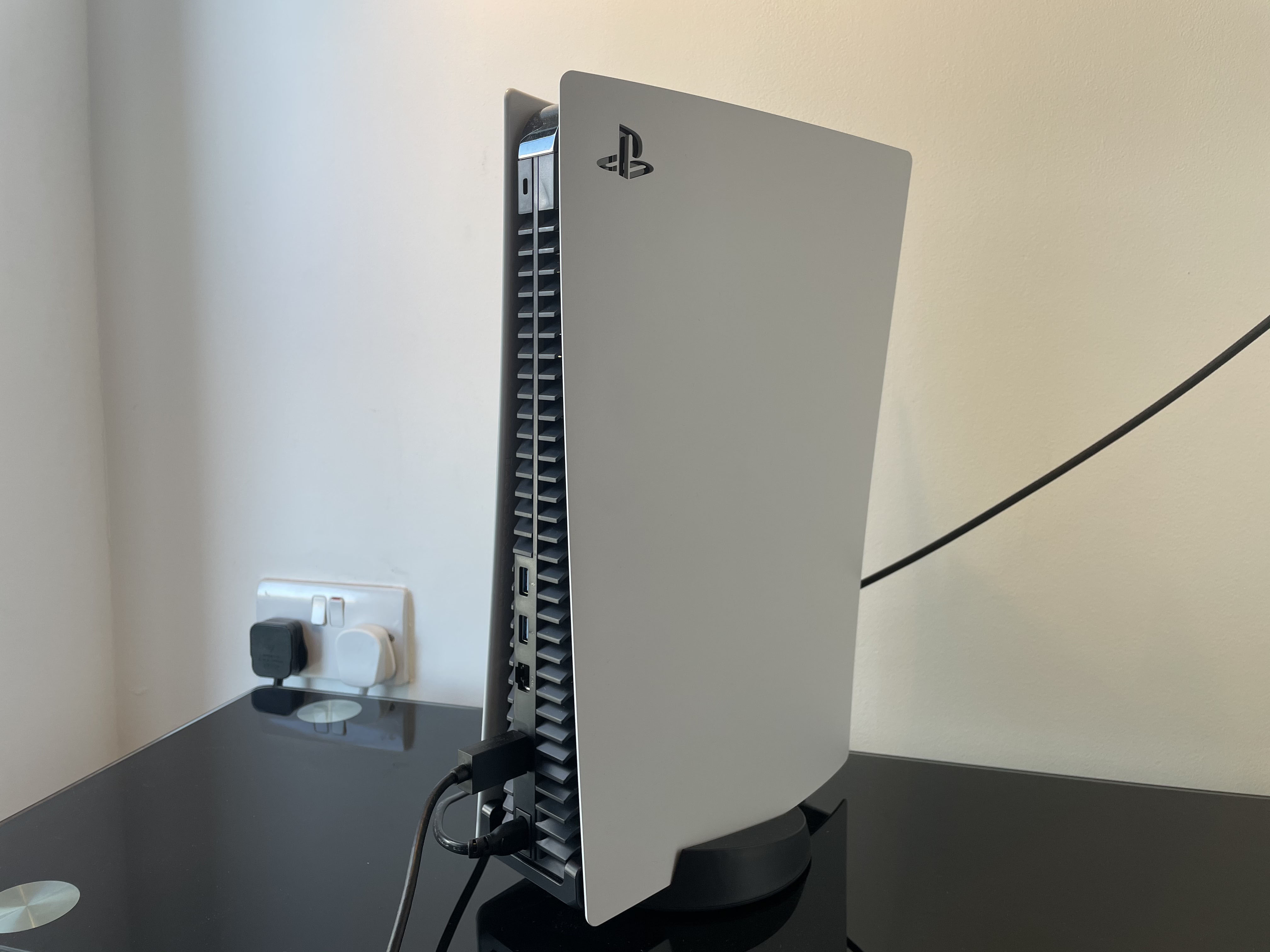
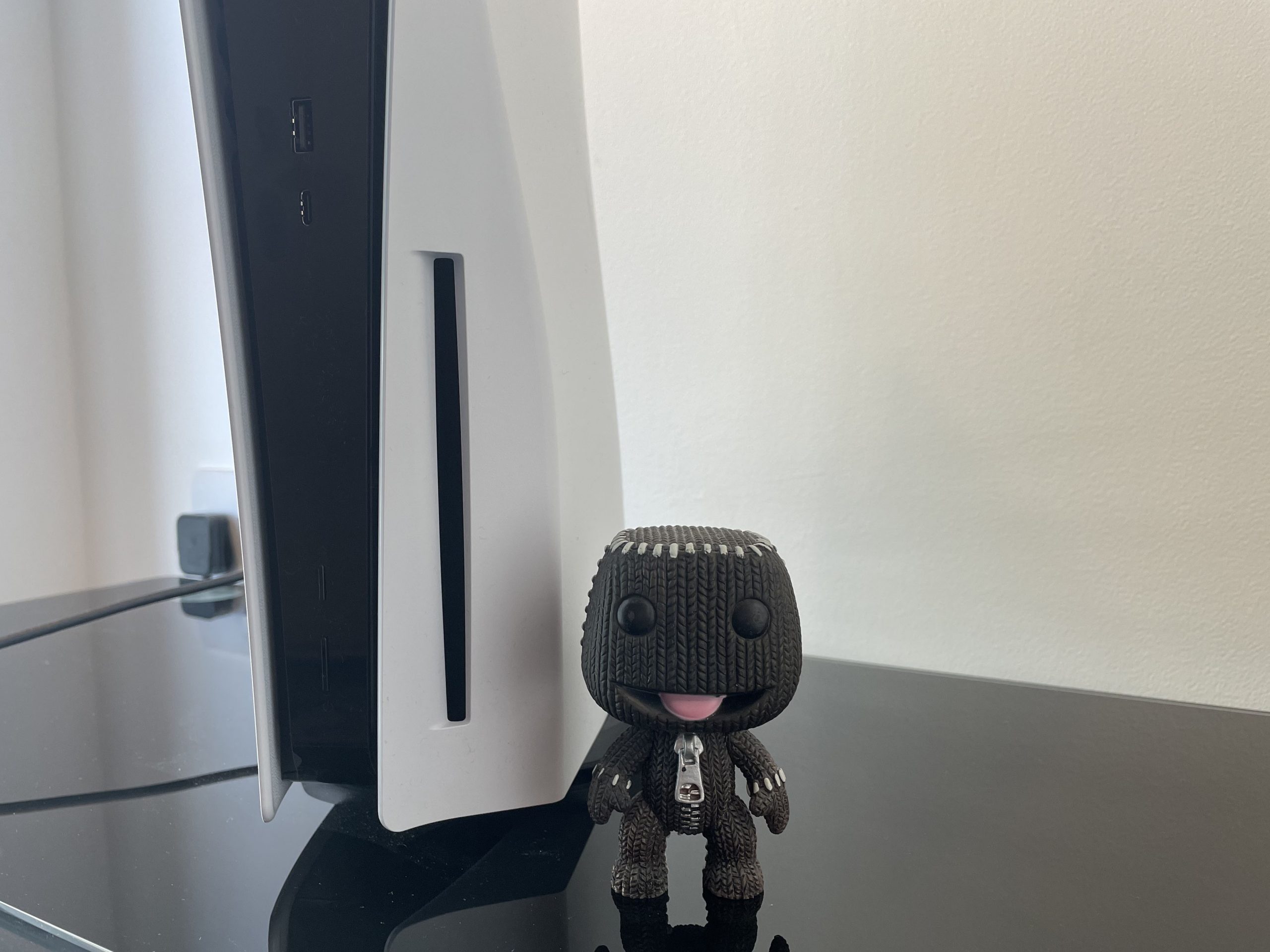
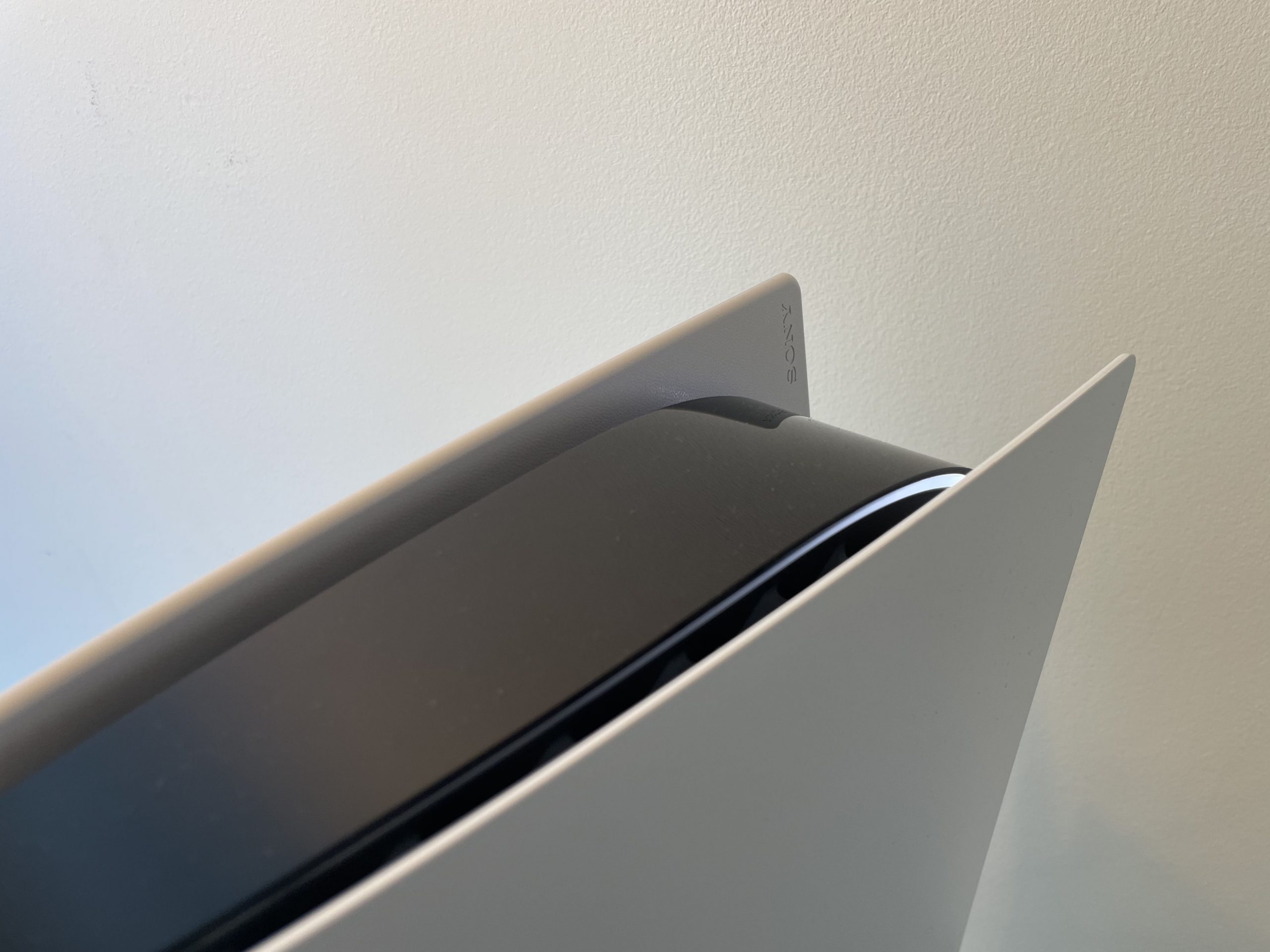
Sony is not averse to a big console. See: the PS3, itself a bit of a stonker in its original form factor. But the PS5 redefines what game-playing behemoths can be.
Some dimensions for the more expensive disc slot version: 390mm x 104mm x 260mm (width x height x depth), 4.5kg. But numbers really don’t tell the story. To get a sense of just how large and heavy the PS5 is, you need to take it out of the box yourself. Whether you choose to stand it up on the included stand or lie it flat inside an entertainment unit, it’s going to demand a fair bit of space.
And size is only half the story. Like arguably no console before it, the PS5 absolutely screams at you to look at it. It’s a striking black and white plastic sandwich with a symmetry-wrecking disc slot bump (the discless Digital Edition is slightly thinner), and upon its unveiling immediately drew unfavourable comparisons to, among other things, a Wi-Fi router, an alien spacecraft and Sauron’s Tower. But it doesn’t care; the PS5 wants everyone who walks in the room to know it’s a PS5, and the more time we’ve spent with it, the more we sort of admire that.
The white faceplates are surprisingly easy to remove, which not only opens the door for some PS5 pimping in the future, but also allows for pain-free access to the NVMe SSD should you want to upgrade it at some point. And given the unusual 825GB – which becomes a paltry 667.2GB once Sony has reclaimed some memory for the UI and such – capacity of the included one, which fills up very quickly indeed, you very likely will eventually.
Luckily, it’s very easy to do this. Some time after launch Sony made it possible to expand the base storage of your PS5 using a M.2 SSD. With the right drive you can freely move your PS5 games to this secondary location without seeing any performance downgrades. Installing it does require you to remove the console’s faceplates and use a screwdriver to fix it in, but it’s very easy to do and there are plenty of guides online. While not quite as simple as plugging a card into the back of the machine like the Xbox solution, PS5 owners willing to shell out for an M.2 SSD shouldn’t panic when their storage fills up.
The removable plates also make dust removal a less complicated process than it was on the PS4, which was not a quiet machine. The PS5 might be loud in appearance, but you rarely actually hear it. The lack of solidity in the build does make it feel a tiny bit cheap, though, while the shiny black plastic exterior of the main console unit picks up dust and fingerprints quite easily.
That’s not to say there’s nothing nice about the way the PS5 looks. When on or in rest mode we really like the subtle glow of white or orange light, while the PlayStation logo cutout in the top left corner of the left faceplate is a nice touch, even if it’s probably going to remain hidden most of the time.
Connectivity-wise, it’s pretty generous. You’ve got a USB-A and USB-C port on the front, with an additional two USB-A ports on the back, as well as Ethernet, an HDMI 2.1 port, and of course the power port.
DualSense controller: Good vibrations
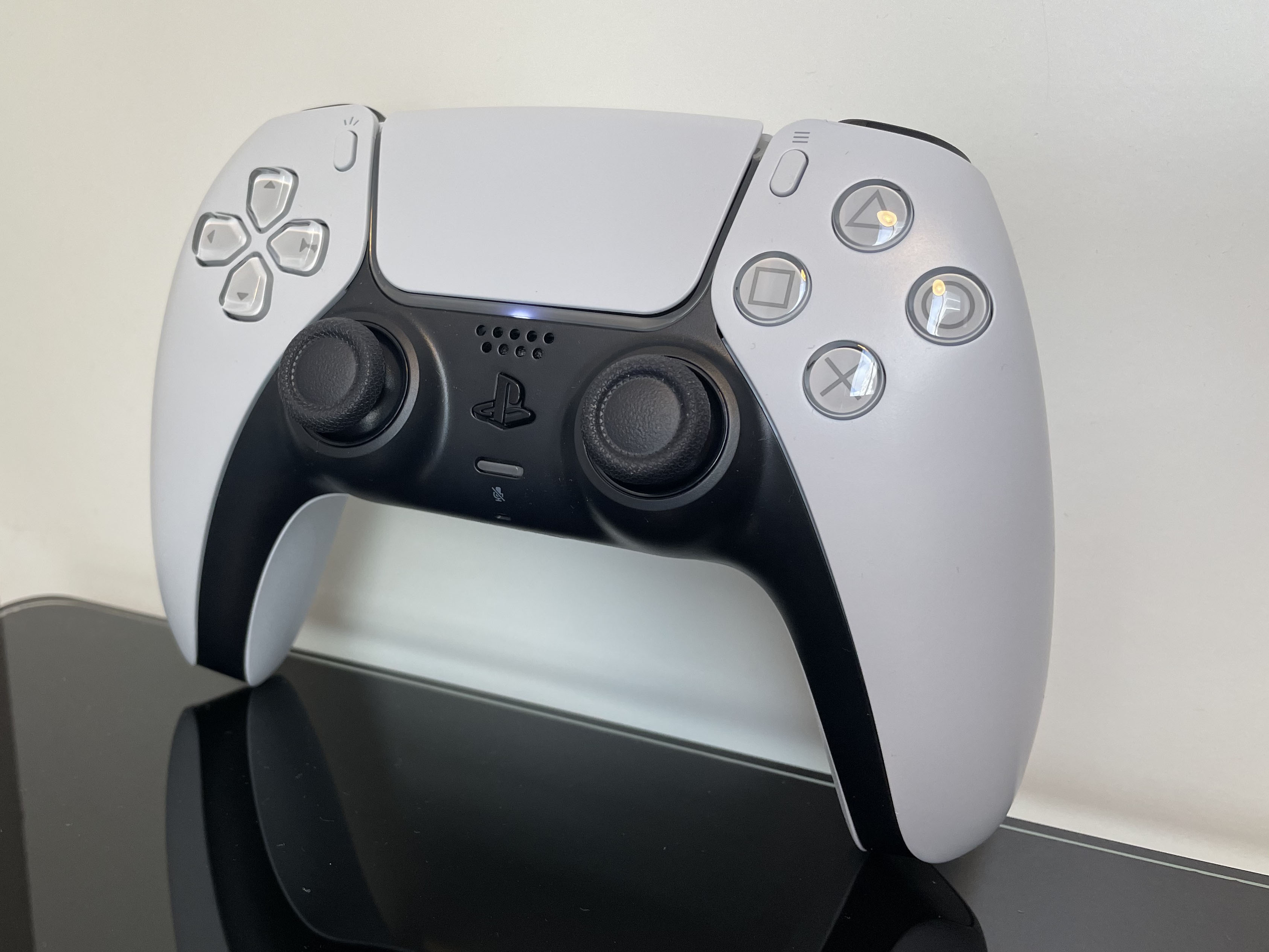
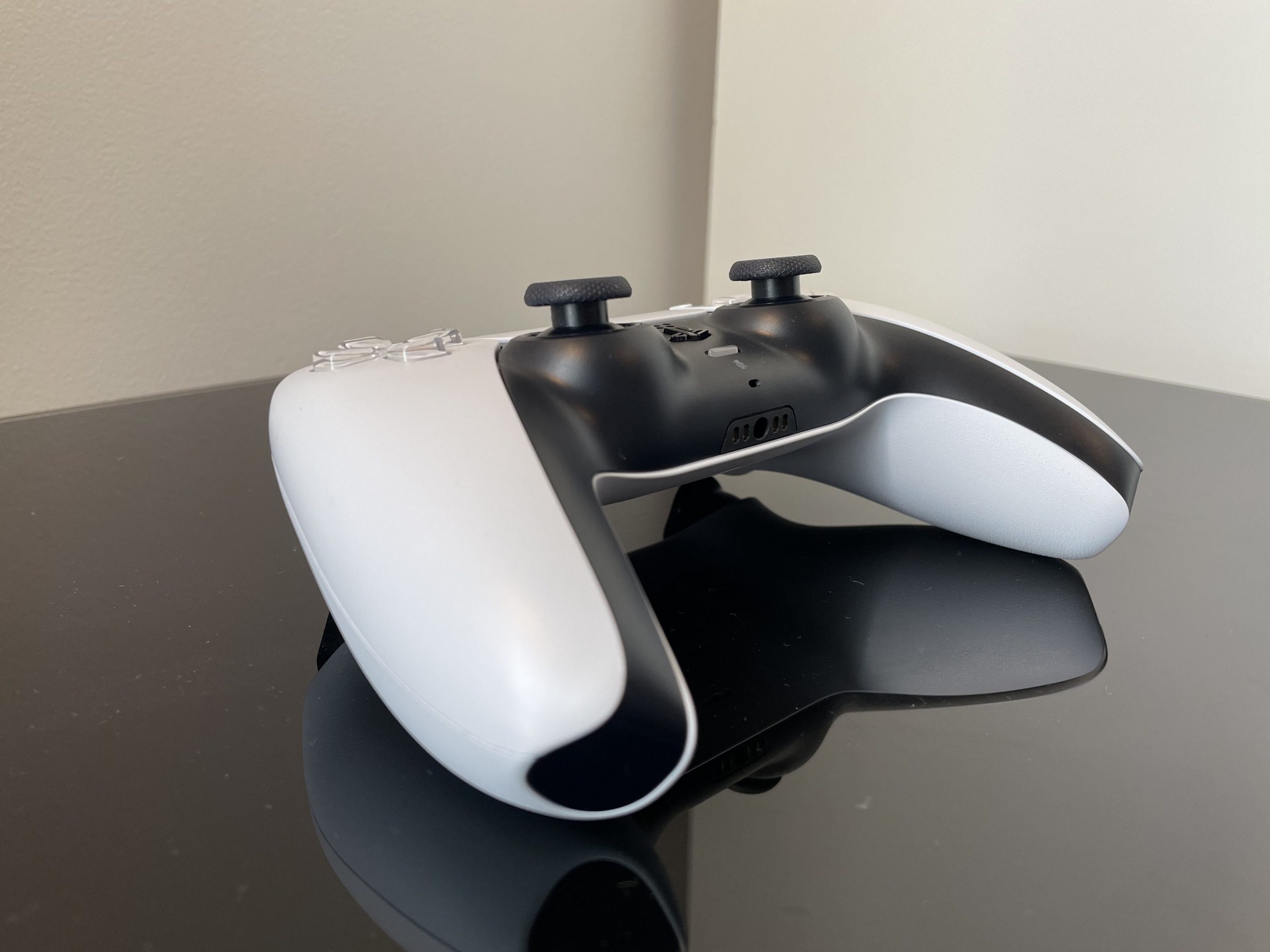
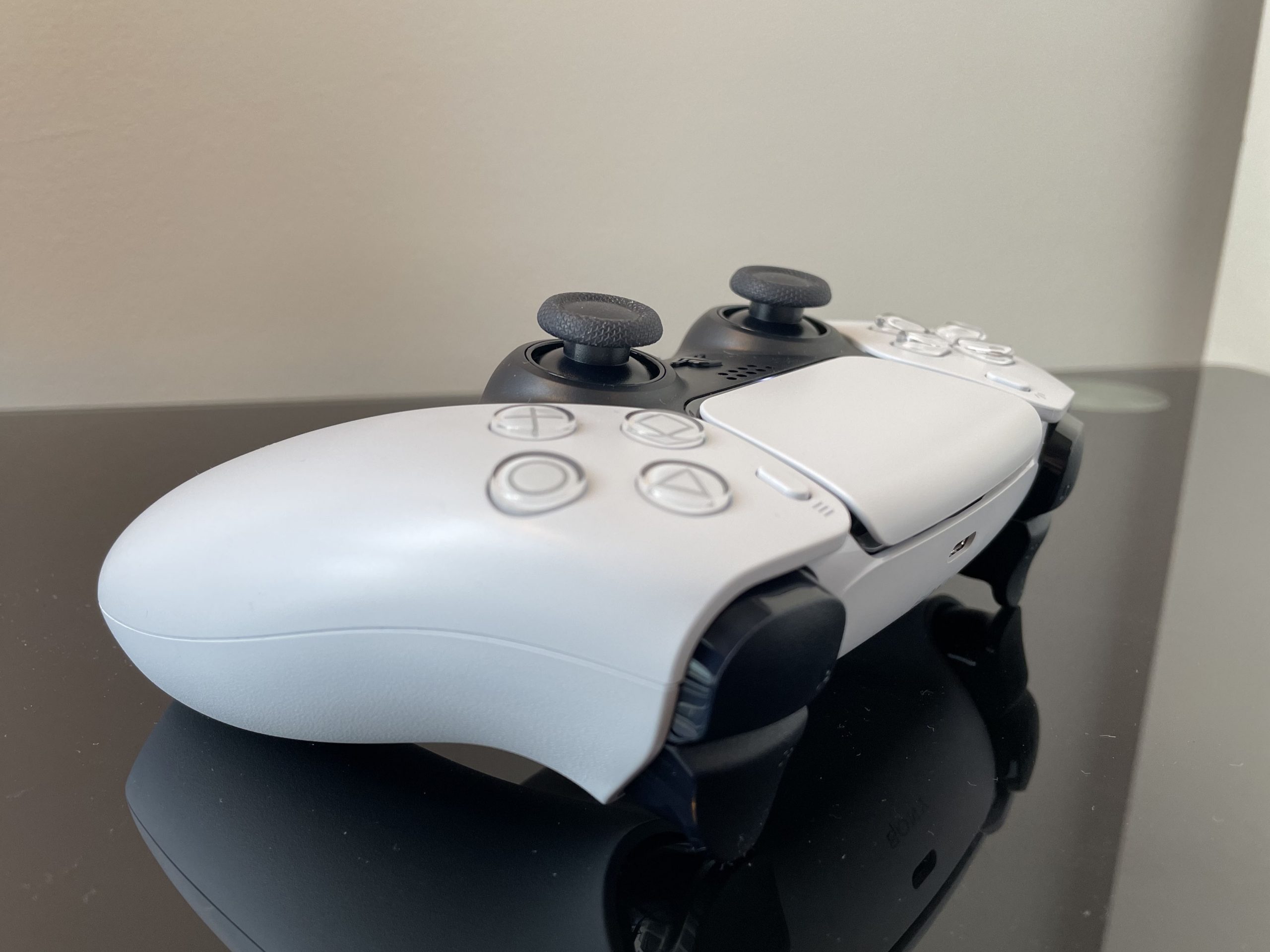
Ordinarily, we’d stick a couple of paragraphs about a console’s controller in the bottom half of the design section, but the PS5’s DualSense pad deserves its own.
The overall design of the iconic DualShock has been tweaked and updated since its inception in the late ‘90s, but the DualSense feels like the beginning of something all new. While its attention-grabbing two-tone colour scheme matches the console it pairs with, initially the pad feels like little more than a slightly heftier DualShock 4. The button placement is largely the same (the share button is back, and once again sits just next to the D-pad), there’s still a touchpad, and everything about it is just unmistakably PlayStation.
We like how the distracting light bar at the top of the PS4’s controller is gone, replaced with a more elegant light strip that runs around the touchpad, while the sticks feel grippier this time round. And if you’ve got a microscope handy, you’ll see that the rear texturing is in fact made up of teeny-tiny square, triangle, circle and cross symbols. Very cool.
But crack the DualSense open (don’t, obviously) and you’ll find a very different pad to what’s come before. The built-in rechargeable battery, speaker, accelerometer and gyroscope will all be familiar to PS4 owners, but the DualSense adds a microphone, adaptive triggers and haptic feedback.
The latter might be the most significant. Dual actuators replace traditional rumble motors, which allow for a range of dynamic and more focused vibrations, not dissimilar to the Nintendo Switch’s criminally underutilised HD Rumble feature. The triggers, meanwhile, can now switch between varying levels of force and tension when pressed in-game, which opens up a plethora of new gameplay options to developers.
The DualSense’s newfangled feature set is showcased brilliantly by the utterly fantastic Astro’s Playroom, which is pre-loaded onto every new PS5. More on that game in a bit, but what’s clear after using the pad for just a few minutes is that future titles that make use of its functionality could really ramp up the immersion. You might be able to feel even the lightest footsteps in your hands, or the thud of your character hitting water, while the triggers could lock when you run out of ammo for your gun, or tense up when you pull back the string on a bow and arrow.
The standard DualSense is impressive enough on its own, but since launch Sony has also introduced the DualSense Edge (sold separately), its first proper rival to Xbox’s Elite Controller. With it, you get all the functionality of the base pad, but the Edge adds two function buttons, adjustable trigger levers and back paddles to which you can assign the function of any other button on the controller. Up to four custom profiles can be saved so you can easily switch between them depending on what you’re playing. The DualSense Edge is heavier than the regular pad and the battery life is even worse, but once you’ve used one it’s hard to go back. Be warned.
Specs and performance: SSD, it’s dynamite
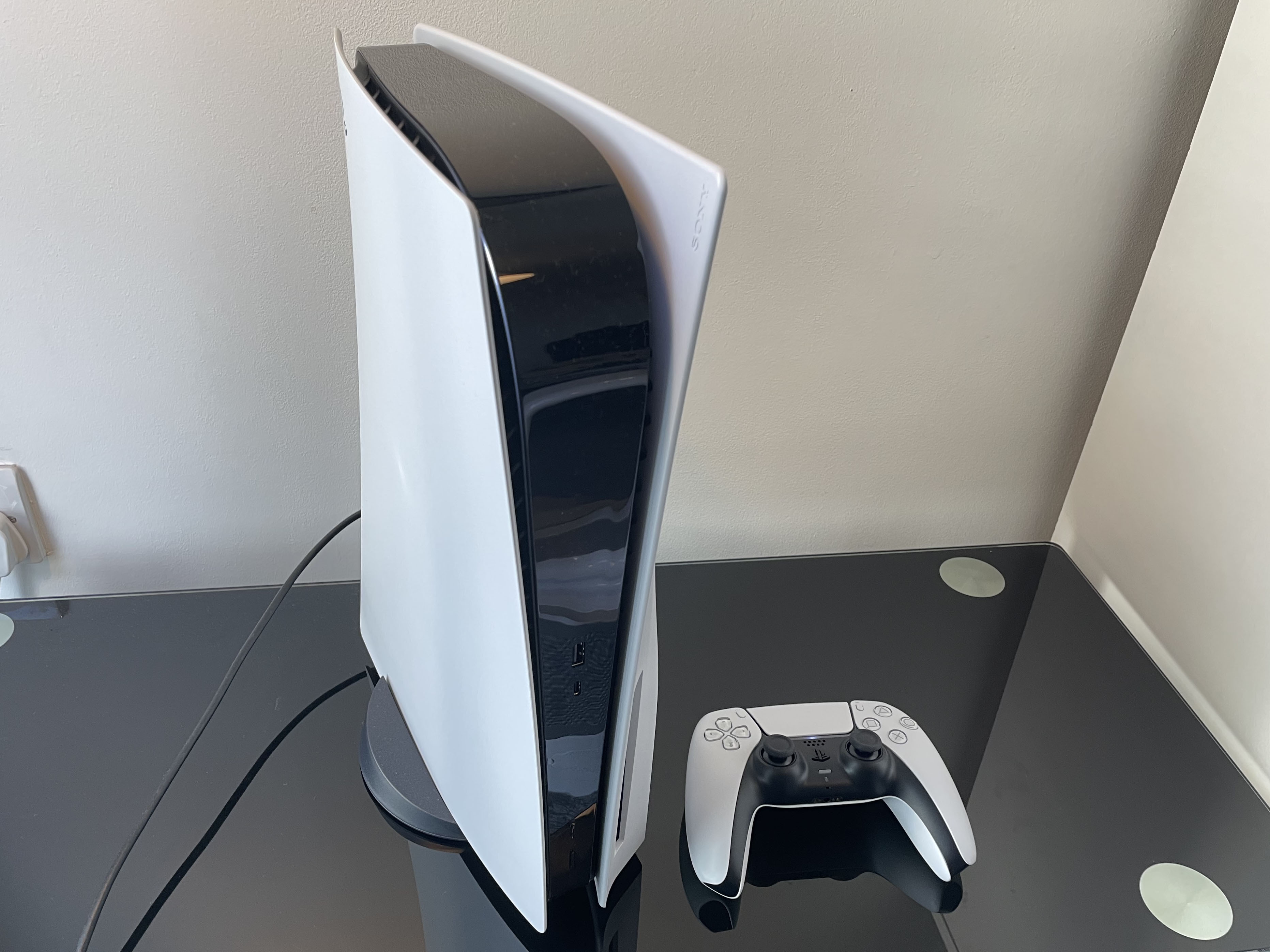
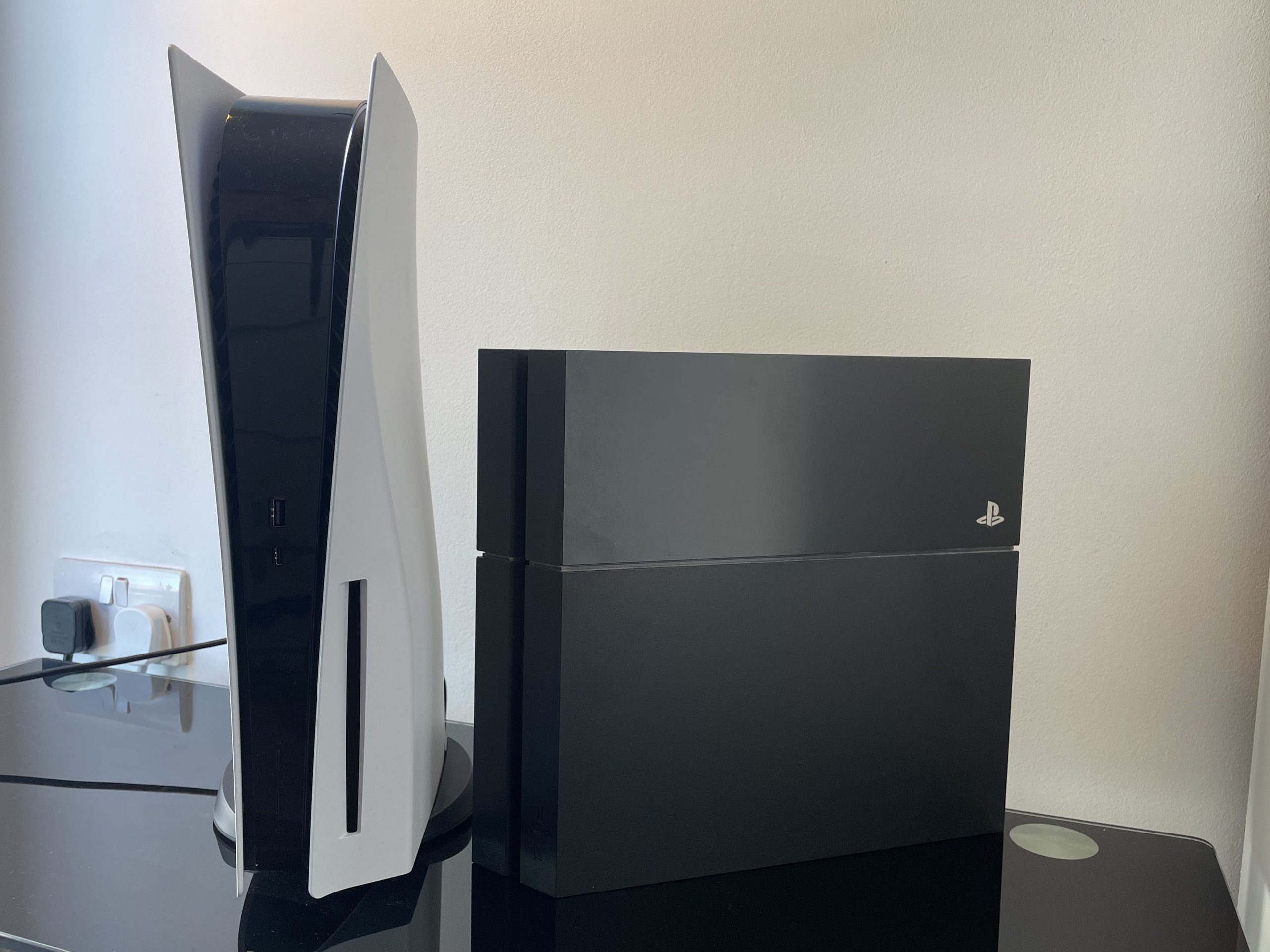
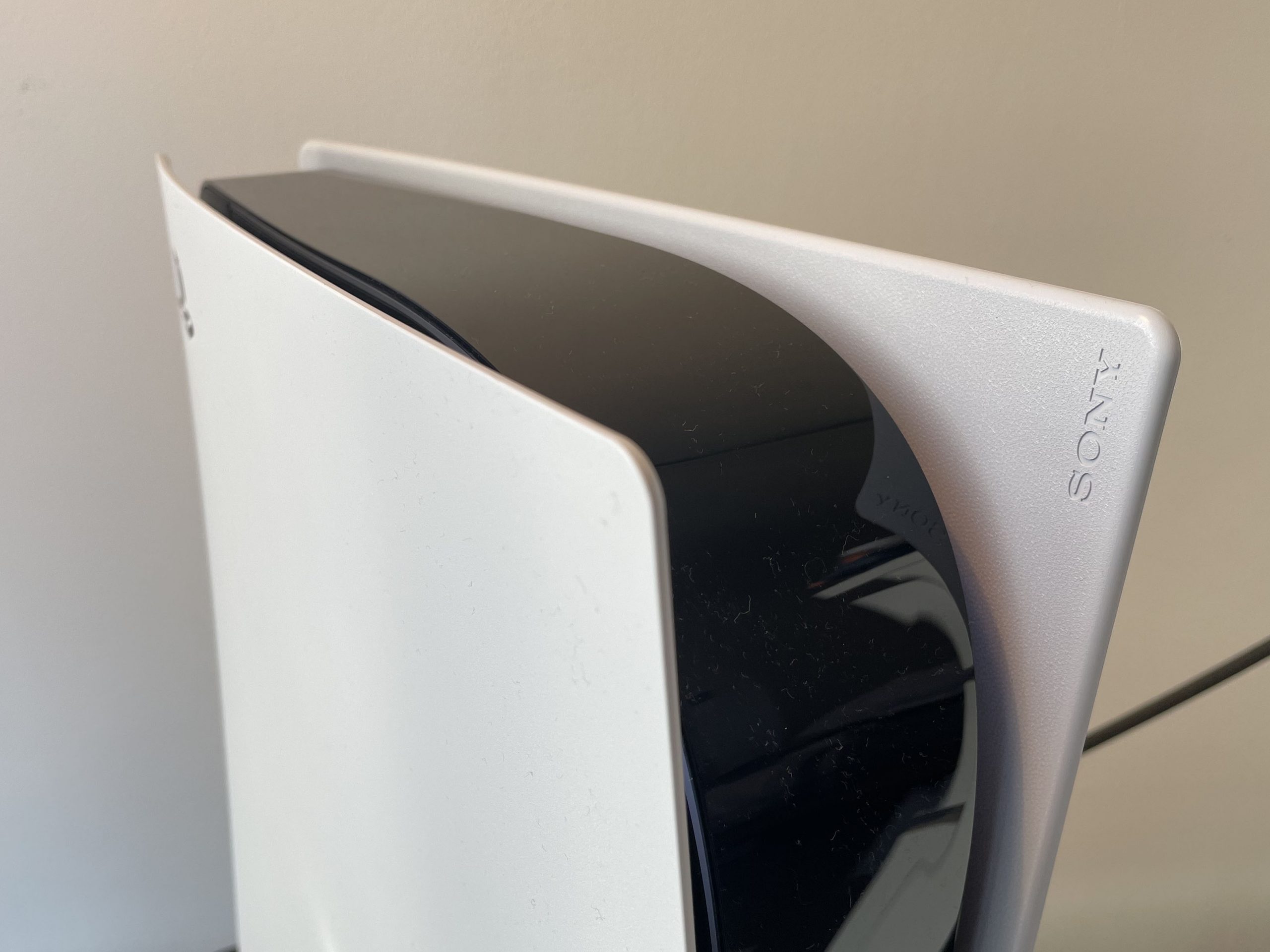
Like its rival the Xbox Series X, the PlayStation 5 is essentially a high-spec gaming PC for the living room. Which is to say, it’s stupendously powerful.
The PS5 is brought to life by a 3.5GHz AMD Zen 2 processor, 16GB of GDDR6 RAM and an RDNA 2 GPU with 10.3 teraflops of graphical brawn. And like the Xbox Series X, it switches to SSD storage for greatly reduced loading times among other performance enhancements.
Teraflops enthusiasts will have observed that Microsoft’s machine has the PS5 beaten on the GPU front and has a slightly faster processor to boot. It’ll be interesting to see whether particularly the first point makes a discernible difference in future third-party titles.
Otherwise, the PS5 pretty much matches the Series X boast-for-boast. It’s capable of up to 120fps gameplay in pinsharp 4K HDR (provided you have the TV to handle such things), with a 4K/60fps baseline, and is compatible with 8K displays. And it’s capable of GPU-accelerated ray tracing in games that support it.
When originally reviewing the Xbox Series X, we weren’t able to test any games that really made use of its processor’s ray tracing capabilities, but in Marvel’s Spider-Man: Miles Morales, which was arguably the PS5’s biggest launch title, Sony picked the perfect game to demonstrate what next-gen graphics can look like.
Ray tracing individually traces and simulates rays of light for more realistic reflections and shadow, and what better place to do it than Spidey’s hometown. As you swing past the enormous glass windows that line the skyscrapers of Manhattan, you’ll notice truly lifelike reflections of technicolour billboards and the busy streets below, while puddles shimmer with the reflections of street lights. It’s quite something to behold, and makes us very excited for what’s to come.
Miles Morales is a technical showcase in more ways than one. The draw distance is also amazing: perch upon the peak of Avengers Tower and you can make out pea-sized cars and pedestrians far into the distance, resulting in a New York that feels more alive than it did on the PS4 original.
Performance comes at a cost here, though. In “fidelity” mode you can experience the game at its graphical best, but the frame rate is locked at 30fps. Spider-Man feels better to play in the super-smooth 60fps “performance” mode, but it’s at the expense of ray tracing and other advanced lighting features.
And certainly, since launch gamers have often had to make an unpleasant choice to make between the best graphics and the best gameplay experience. The new generation of consoles haven’t quite lived up to their 4K/60 promise on the whole, and in the case of something like Star Wars Jedi: Survivor, a great game but one that struggles to maintain 60fps at even 1440p, it’s even more disappointing. There are PS5 games that have utterly wowed us from a visual perspective, such as Sony’s own God of War Ragnarok and Horizon Forbidden West, but when it comes to third-party titles, it isn’t always smooth sailing.
Back to the positives though: load times are nothing short of astonishing. When reviewing Miles Morales at launch it took fewer than 20 seconds to transition from looking at the home screen to backflipping Spidey over entire rooftops. Across the board it’s impressive, but we did notice that a handful of backwards-compatible PS4 games weren’t quite so speedy to boot. And the PS5 can’t replicate Microsoft’s nifty Quick Resume feature, which can freeze multiple games in storage simultaneously.
If it’s backwards compatibility you’re concerned about, rest assured that most of your last-gen games will run just fine on the PS5, with many benefiting from a performance boost – especially those with unlocked framerates. Ghost of Tsushima, the PS4’s swansong exclusive, runs at an unflappable 4K/60fps on the PS5, and it’s glorious. The console also makes it painlessly easy to download both your old PS4 games and their cloud-based save data.
For 120fps gaming, you’ll need to ensure you have an HDMI 2.1-compatible TV. Ours isn’t, so we couldn’t test the highest possible refresh rates, but we’d expect a resolution drop in a lot of games that offer them. And as for 8K, Sony, like Microsoft, might well be talking it up, but in reality 8K games are still a long way off.
The last thing to mention here is sound. The PS5 utilises Sony’s proprietary 3D audio engine, called Tempest 3D AudioTech. It essentially allows for object-based sound, similar to Dolby Atmos, and initially was only available with headphones, but Sony has since opened it up to TV speakers, too. At the end of July 2023, Sony rolled out an update in beta that makes its 3D audio tech compatible with Dolby Atmos soundbars, TVs and home theatre setups, including those capable of outputting true overhead channels, something that Xbox Series X owners will know has been long overdue on the PS5. This is due to arrive in the next few months for all users.
When using a headset such as Sony’s Pulse 3D Wireless Headset (something we still do to this day) the 3D implementation can be really impressive, too. Returnal and Ratchet & Clank: Rift Apart are both examples of games that do it very well.
Interface: Same, but different
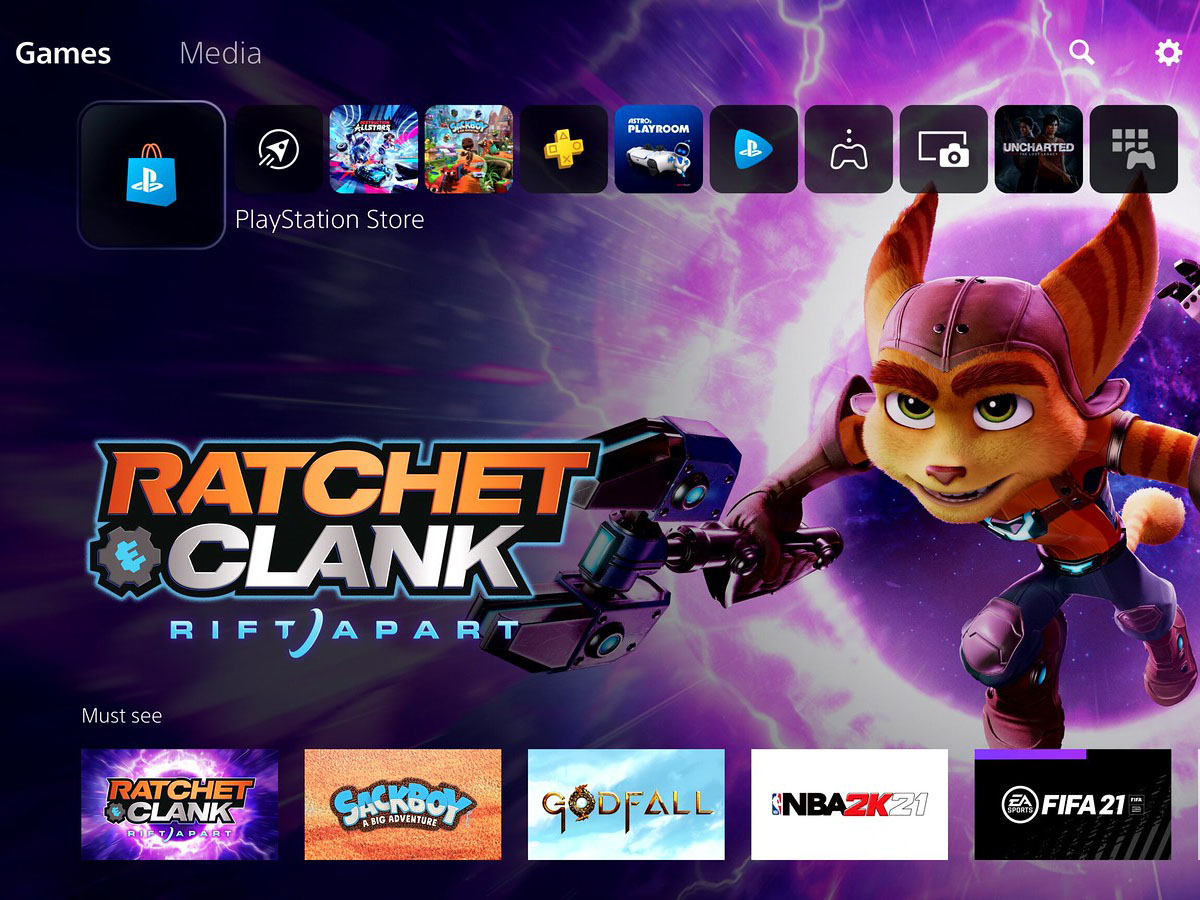
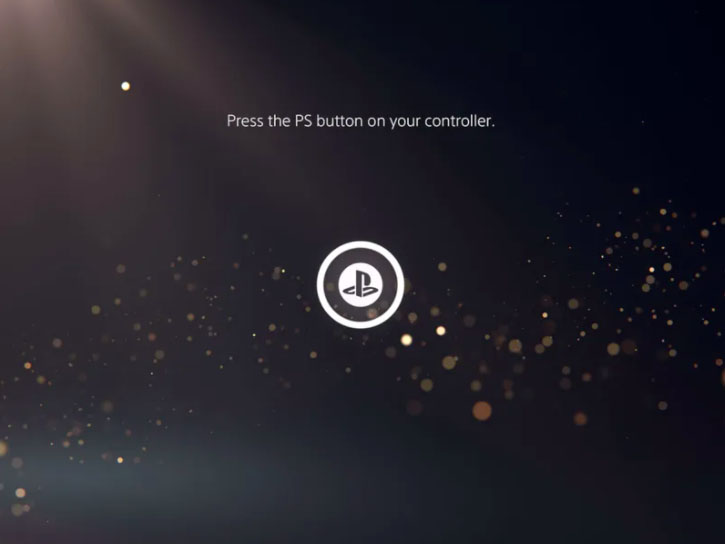
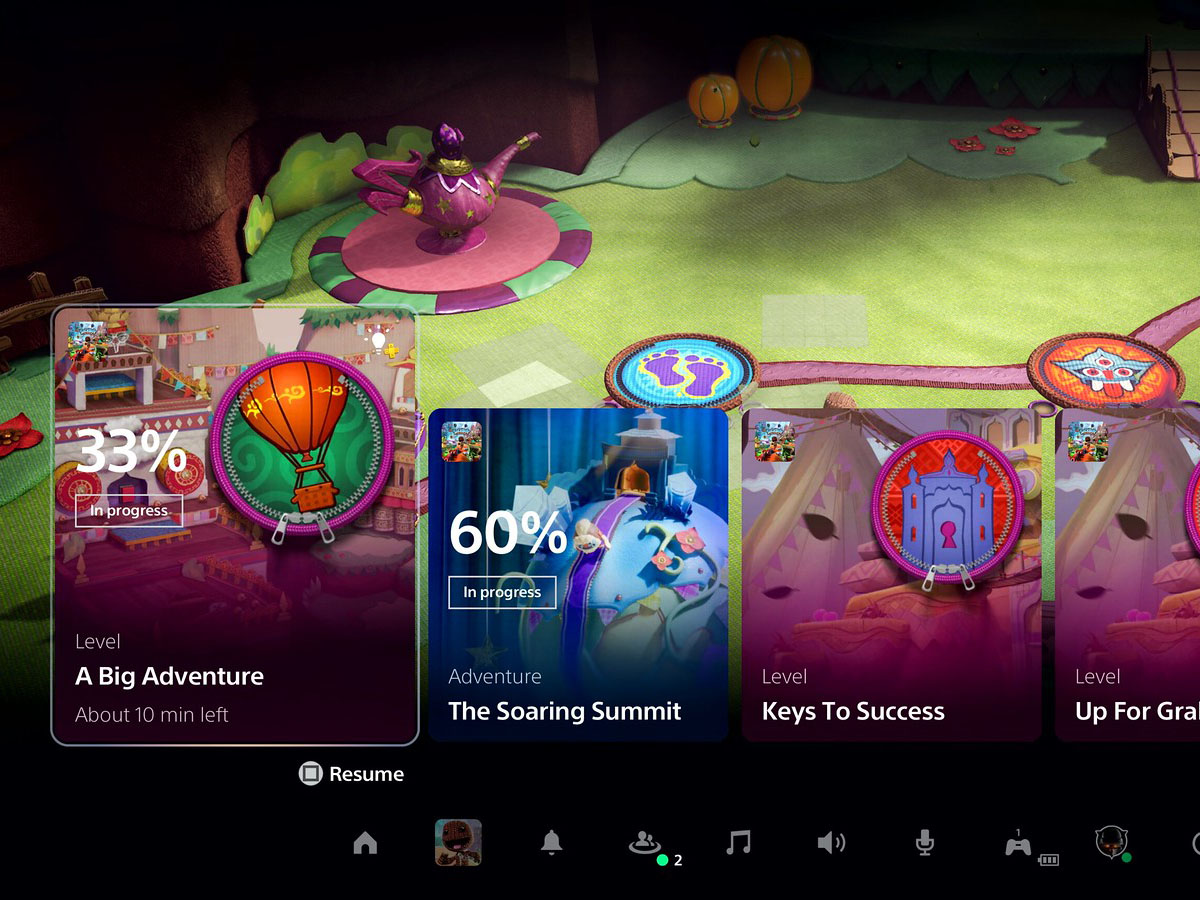
We were fond of the PS4’s clean, minimalist UI, and the best way to describe the PS5’s setup is similar, but sexier. It’s fast to navigate, and the whole thing renders in 4K, which no doubt eats away at storage but admittedly looks very nice.
Games and media (streaming apps and the like) are split up, and you can switch between each category from the upper left side of the home screen. When you hover over the icon for a game the artwork expands to fill the screen, and many have their own music or sounds. It looks nice, but we do miss the PS4’s themes, which haven’t yet been brought over.
When you’re in a game or app you can hold the PS button to return to the home screen, with a shorter tap bringing up the new interface’s most interesting addition, the Control Center. Across the bottom are a host of icons, where you’re able to see who’s online, power off the console, check on the status of downloads and more, without leaving the game. This is also where you’ll find the “switcher”, a pop-up list of all your recently played games and opened apps for fast access.
Above that toolbar is a row of what PlayStation calls Cards, which can be anything from game news and trophy notifications, to your capture content and progress indicators for levels and objectives in the game you’re playing. From these you can jump directly to certain points in games, and some offer advice in tutorial videos that you can view picture-in-picture while playing. It’s a nice idea, but there was too much Fortnite news popping up for our liking.
Folder support was absent at launch but has since been added by Sony. These are now known as Gamelists but function in much the same way as they did on PS4.
Games: Still all about the exclusives
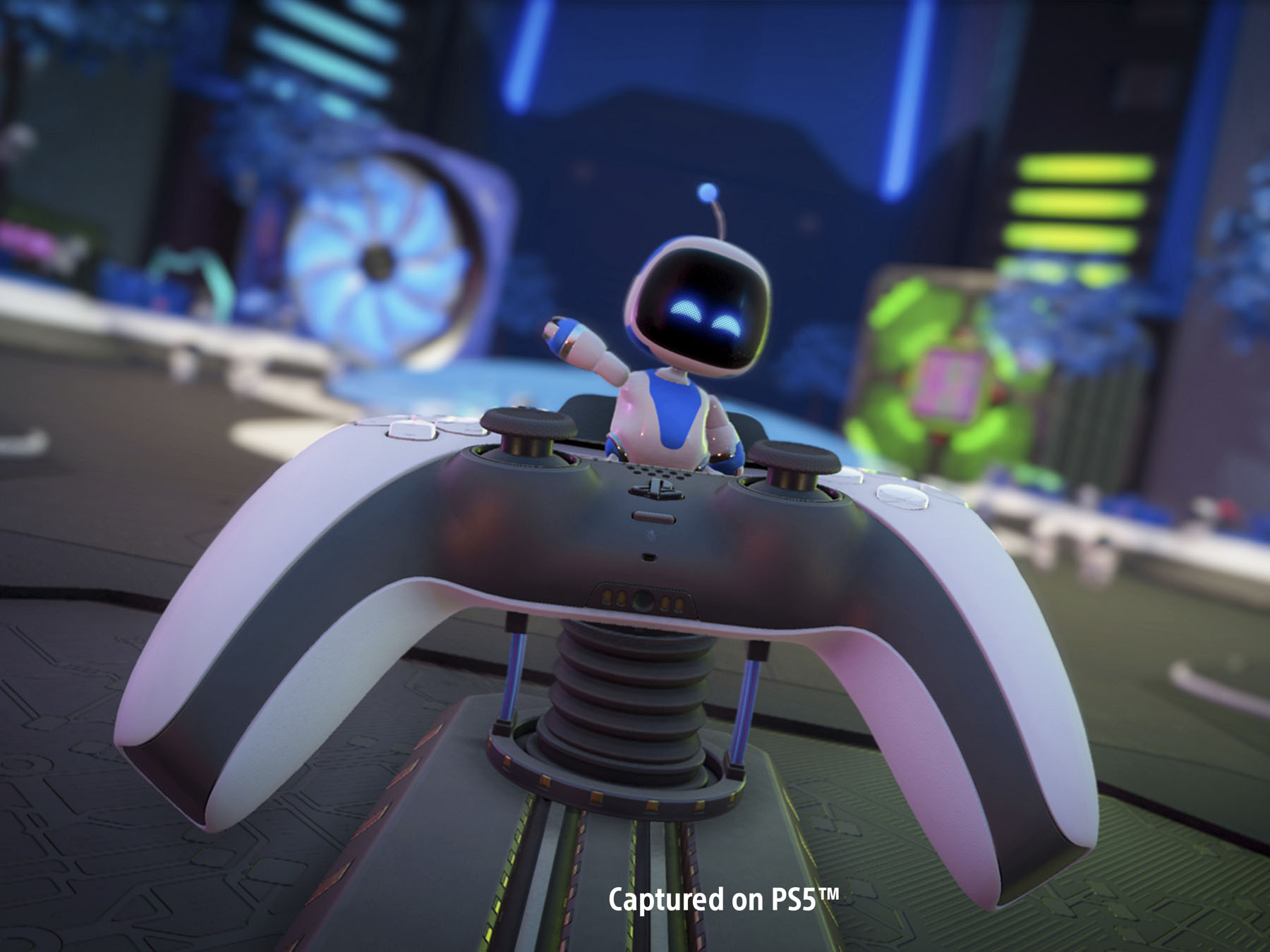
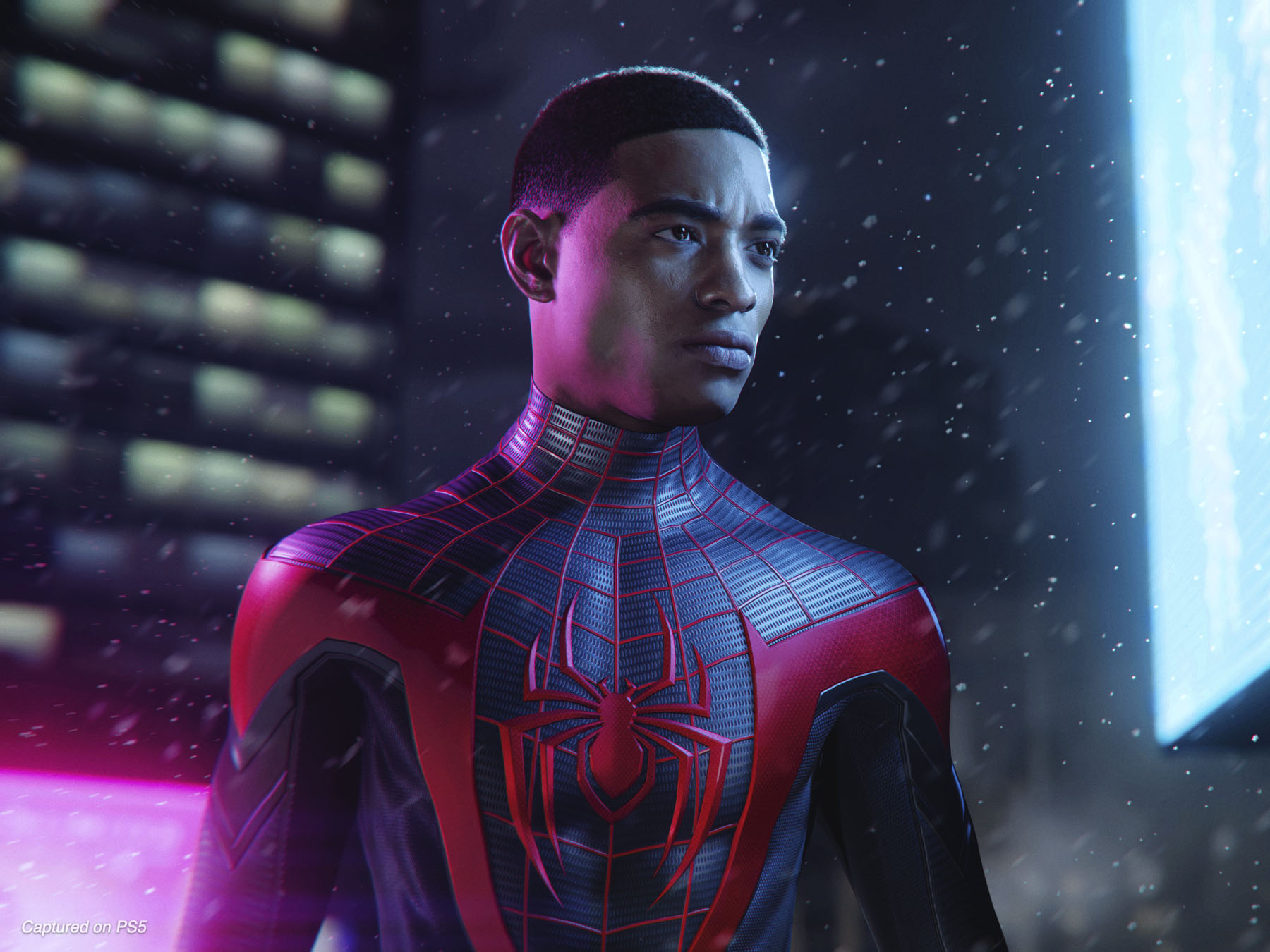
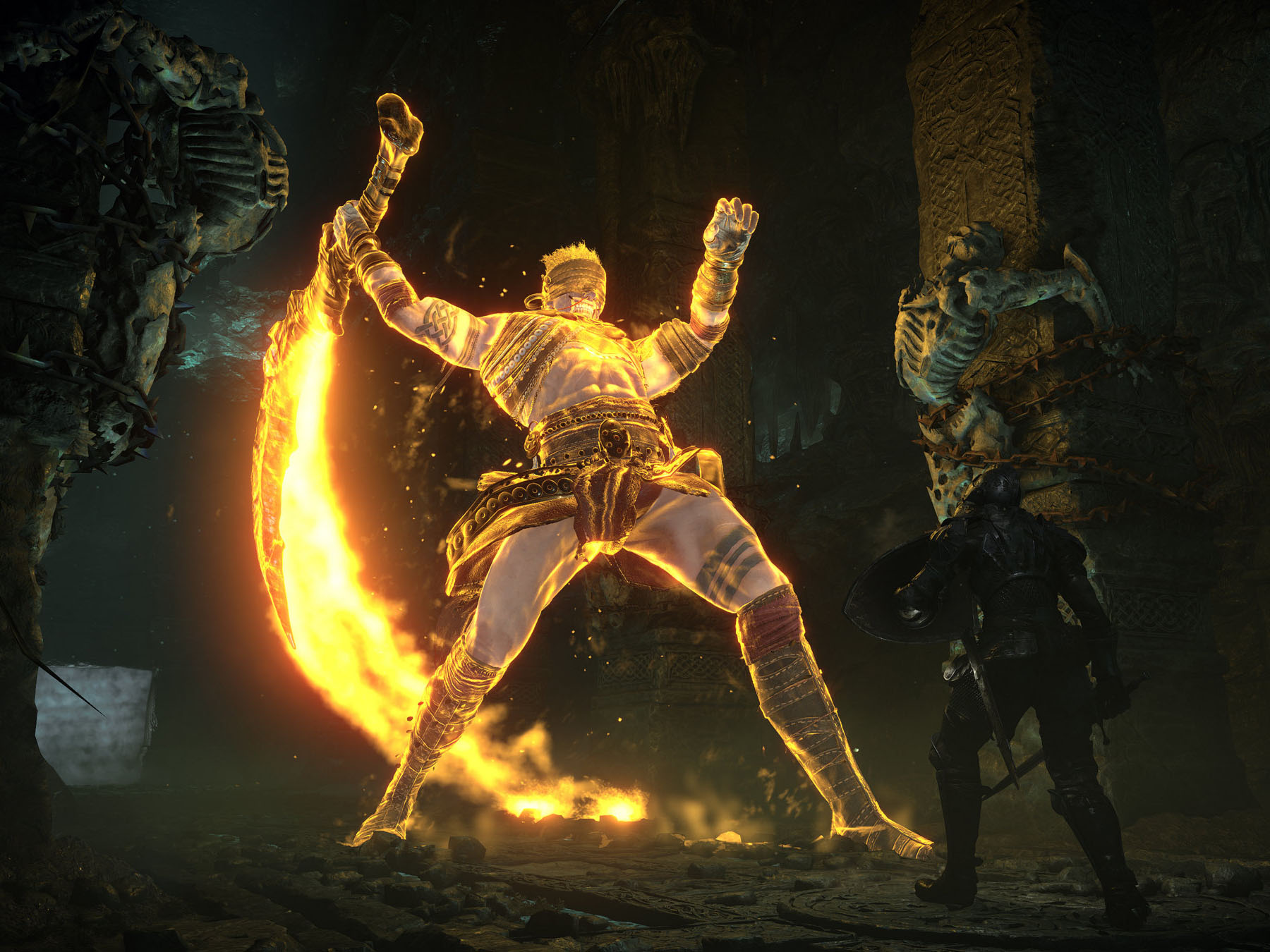
The PS5’s launch lineup comfortably beat that of the Xbox Series X, mainly because it actually had some PS5-only games. While the aforementioned Marvel’s Spider-Man: Miles Morales launched on PS4 too, the PS5 headed out of the gate with Demon’s Souls, a full remake of the legendarily hard-as-nails action RPG that spawned the Dark Souls series, as well as family-friendly platformer Sackboy: A Big Adventure and oddball puzzler Bugsnax as exclusives.
And then there’s Astro’s Playroom, a free pack-in game designed to show off the DualSense, but one that shouldn’t be dismissed as a mere tech demo. We found more creativity squeezed into Astro’s five(ish)-hour playtime than there is in most games quadruple its length. The infectiously likeable 3D platformer brilliantly shows off how the microphone, haptic feedback and adaptive triggers can add to gameplay (four words: rock-climbing robot monkey), all while celebrating 25 years of PlayStation gaming with face-wide grin-inducing charm. To say much more would be spoiling it, so just make sure this is the first thing you play on your PS5.
The PS5 started strong and has had its fair share of fantastic games over the last few years, even if the wait between the first-party exclusives Sony for has felt longer than we’re used to recently. Last year we had a solid showing of Horizon Forbidden West, Gran Turismo 7, The Last of Us Part I and God of War Ragnarok, but 2023 is a deciedly quieter affair on that front. The recently released Final Fantasy XVI is a PS5 exclusive, yes, but in terms of Sony’s in-house studios it’s only really Marvel’s Spider-Man 2 competing for your cash this year, and we’re not sure what next year will bring yet.
Still, with such strong third-party support for the PS5, you’re never going to be short of stuff to play, and while the PS5 can’t match Xbox Game Pass for value, the PS Plus service was revamped last year and has had some real highlights for its Extra and Premium subscribers in the last 12 months, such as Stray, Tchia and Humanity, all available to download at no extra cost from day one.
What about PlayStation VR 2?
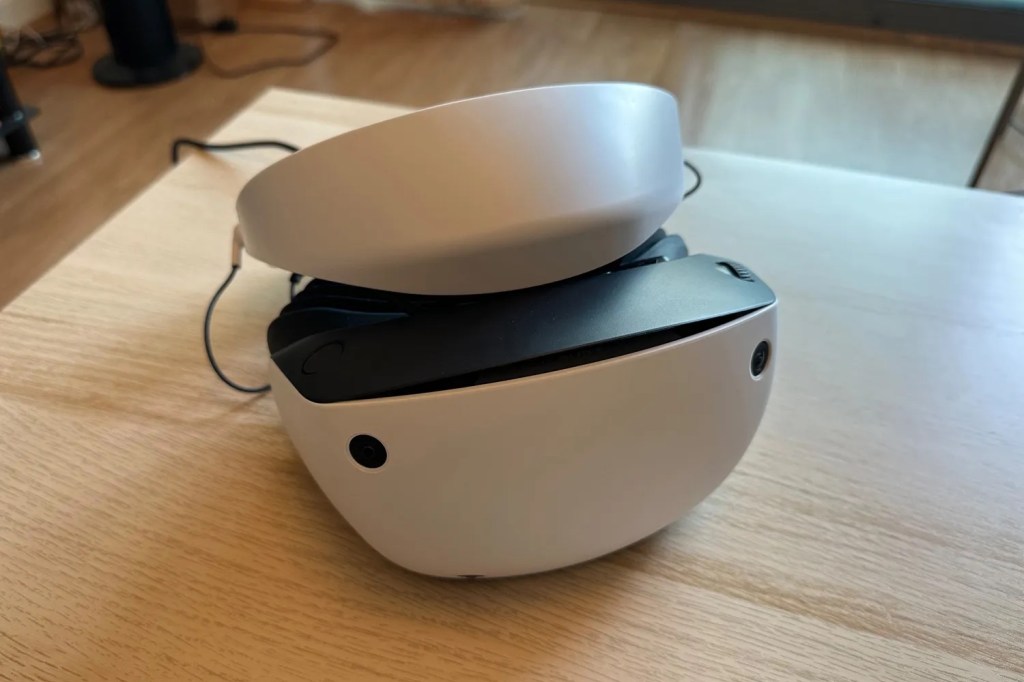
Sony’s first shot at a virtual reality headset gave us some brilliant experiences, but support quickly dried up and if PS VR’s mission was to make VR mainstream, it failed. That didn’t put the Japanese giant off, though, and at the start of 2023 the PlaytStation VR 2 arrived at a much higher price of $550/£530.
There’s no doubt that PS VR 2 is a huge improvement over the first headset. That offputting mess of cables has become just one that plugs into the front of your PS5, while the controllers borrow some of the DualSense’s best features. The 4K HDR OLED displays are also extremely impressive, and the headset might be the most comfortable we’ve tested.
The problem, once again, is games. PS VR 2’s launch lineup was comprised mostly of ports of games already playable on far cheaper hardware, and while the likes of Gran Turismo 7, Resident Evil Village and Before Your Eyes are a treat in virtual reality, there isn’t a huge amount on the horizon to justify the asking price at the time of writing. If you’re a VR enthusiast then the PS5 is obviously the console to go for, given Microsoft has shown no interest in rivalling Sony in that department, but right now it’s more of a tempting add-on than a must-have.
PlayStation 5 verdict
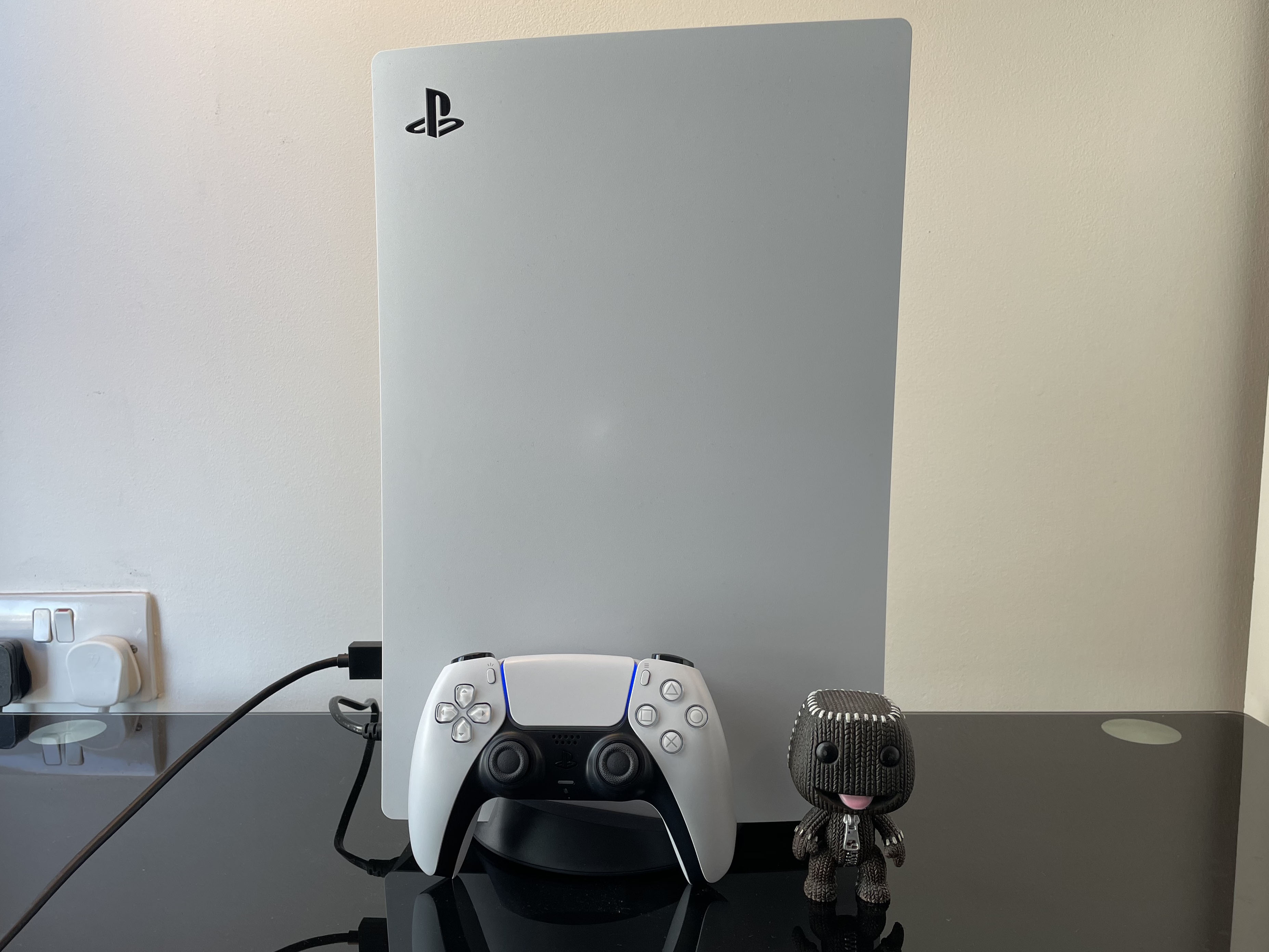
The PS5 feels like a console that could still step it up another notch, but that’s not to say we haven’t been wowed by Sony’s machine after playing it pretty much daily since launch. The PS5 makes loading times a thing of the past, the DualSense genuinely adds another level of immersion when developers really take advantage of it, and games like God of War Ragnarok, Ratchet & Clank: Rift Apart and Gran Turismo 7 have blown our heads clean off.
But it hasn’t been entirely smooth sailing. It’s disappointing that many third-party titles can struggle to achieve smooth frame rates without noticeable performance issues, and it’s hard to predict the console’s next two years with so little announced and Sony shifting some of its focus to live service games. Marvel’s Spider-Man 2 is a safe bet, but we’d like to see some more truly next-gen games that are only possible on this hardware.
While its brash, hulking design means the PS5 is possibly going to make a bad first impression with some, spend 10 minutes playing games on one and we think it’ll win anyone over – and then some. Whether it’ll be remembered as fondly as its mighty predecessor is still to be determined, but the PS5 is pound-for-pound the best console in the world right now.
Stuff Says…
In-your-face like no console before it, but huge amounts of power, clever hardware and a near enough guarantee of great games to come make the PS5 hard to resist
Good Stuff
Rock solid 4K/60fps gameplay
Very fast
DualSense has huge potential
Astro’s Playroom is some freebie
Promise of hardware-pushing exclusives
Bad Stuff
Storage will fill up very quickly
Divisive looks to say the least
Nothing to match the Xbox Series X’s Quick Resume

